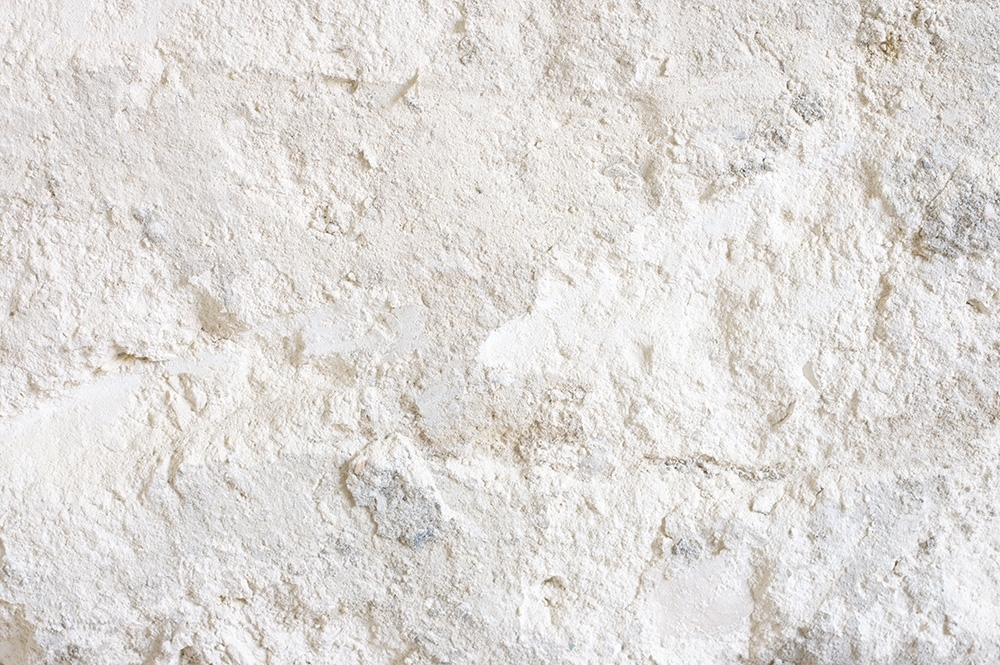They’ve all lasted centuries and are still standing proud today. But what’s the secret to their longevity and their incredible stamina? It all comes down to the lime. This natural binder, which has been used for more than 5000 years, just like the buildings in which it’s been used, has not aged a bit, and it offers so many advantages that we want to share it with you.
What is lime?
To understand lime, we have to go back to its origins, calcium; a sedimentary rock comprising mainly calcium carbonate and magnesium. If this limestone rock is heated to over 900°, what we call calcination, we get quick lime. At this stage, it can be used to make earth easier to work, more permeable to water and air, and effective in rebalancing the acidity of the soils.
Then, for the lime used in construction, there is an essential additional step: the quick lime must be sprayed with water. This is what we call slaked lime (hydrated lime), or hydraulic lime, where the basic calcium is clay.
What is the difference between hydrated lime and hydraulic lime? Hydrated lime is used for interior finishings, paints and is especially suitable in dry conditions. While hydraulic lime is used in masonry and in thick outdoor coatings or in damp indoor areas. It’s the latter that is outstanding for its resilience and soundness!
Lime: advantages for you and for the environment.
Lime: advantages for you and for the environment
For a long time, lime was relegated to the sidelines in favour of industrial products. However, it should come as no surprise that it has been reclaiming its position at the top of the bill for a few years now... Let us not forget the Roman bridges and their incredible resilience and solidity! Wouldn’t you like it if our houses could survive the centuries without a scratch? This is far from being its only advantage.
- Lime lets walls breathe because unlike cement, which keeps water vapour inside the house, lime lets it permeate to the outside and this seriously reduces condensation and the risk of moulds.
- As an antibacterial, it helps limit the development of dust mites and bad odours.
- What’s more, lime neither contains nor releases any VOC (volatile organic compounds) and so helps reduce indoor air pollution.
- Finally, in a world where it is essential to act to protect our environment, it is interesting to note that producing lime is considerably more energy efficient than producing other binding agents like cement.
It is thus a veritable asset in eco-building.
Hemp and lime: a solid concrete couple
Mix lime with a natural material like hemp and you’ll get a fabulous insulating material. And it’s significant that the IsoHemp hemp blocks is a combination of hemp with a mixture of hydrated lime and hydraulic lime, which lets the block really calcify. These materials, together, are the dream team for your construction and renovation projects.
The advantages of one reinforces the other, and so guarantees optimal comfort while letting you stay in line with your desire to respect the environment.
Discover all the advantages of the hemp block today.

